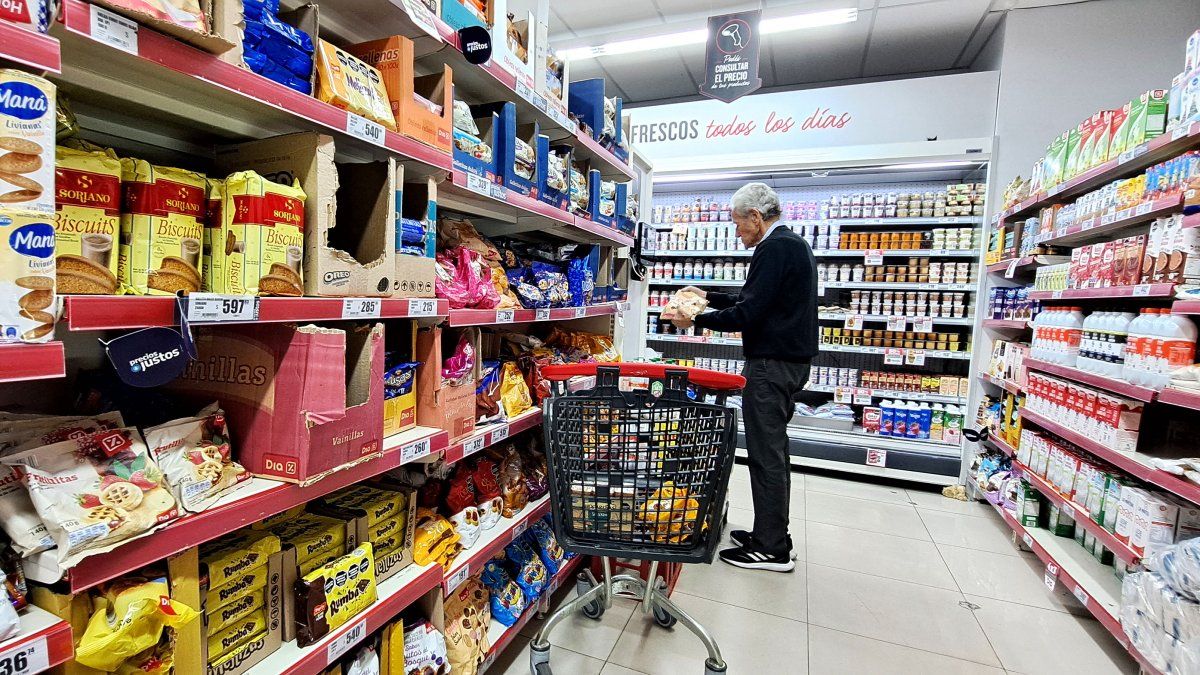In August, Argentina experienced record levels of inflation (the highest in 32 years), driven by a devaluation of 22% of the official exchange rate that shook the economyespecially in the sectors of food and health.
In August, the meats (+24.6%) and Vegetables (+18.3%) were the main promoters of this increase. In that context. The key question is whether prices have moderated in the first half of September. According to the consulting firm EcoGo, food inflation increased 2.5% in the second week of the ninth month of the year with respect to the previous one. Projecting this trendfood inflation outside the home in September is estimated to be 13.5% and 13.1% overall.
On the other hand, the consulting firm LCG reports that inflation in food and drinks was 1.6% in the second week of September. Over the past 4 weeks, this index has averaged a monthly increase 9.7% and 7.6% accumulated in the same period. The largest increases were recorded in fruits (+15%), meats (+11.5%), beverages (+10.1%) and vegetables (+9.9%), again.
Despite eight weeks of acceleration in food basket prices, this consulting firm points out a stagnation in this trend, although at a still high level. Furthermore, they highlight that the percentage of products with weekly increases has decreased slightly, reaching 17%four percentage points less than the average of the last 4 weeks.
Inflation: how the dynamics worsened and what is coming
The impact of the post-PASO devaluation was felt in August 2023, with increases of up to 20% in various categories of mass consumption. In this context, sales in local outlets fell 18%, especially affecting foodpersonal care and cleaning products, according to Damian Di PaceDirector of the Focus Market Consulting Firm.
In the ranking of the products that increased the most in August 2023, The following stand out: Broths (+20.2%), Ready Sauces (+19.4%), Puree (+19.1%), Base Wines (+18.7%), Sweeteners (+17%), Beers ( +16.8%), Sugar (+16.7%), Milk Cream (+16.3%), Toothpastes (+16.2%) and Flavored Sparkling Waters (+16%).
In year-on-year terms (August 2022-August 2023), the products that increased the most were: Sugar (+250.8%), Sweeteners (+191%), Rice (+189%), Beers (+172.9%), Softeners (+172.3%), Ready Sauces (+166.3% ), Powdered Juices (+163%), Detergent (+162.5%), Flavored Sparkling Waters (+162%) and Preserved Foods (+161.3%).
However, the measures taken by the Government, such as credit expansion and improvements in the income of retirees and beneficiaries of social plans, could have a temporary effect on slowing inflation. According to Di Pace, this strategy could generate an additional increase in price variation in the months of October, November and December 2023.
In line with Di Pace, different actors of the private sector They expect the year to close with an increase in food prices, mainly meat, vegetables and fruits. A problem that directly impacts the health of Argentines, since eating healthily costs more and more.
Likewise, after the elections on October 22, andThere may be a correction in food programsespecially if the ruling party fails to maintain power, which could increase pressure on prices.
Source: Ambito




